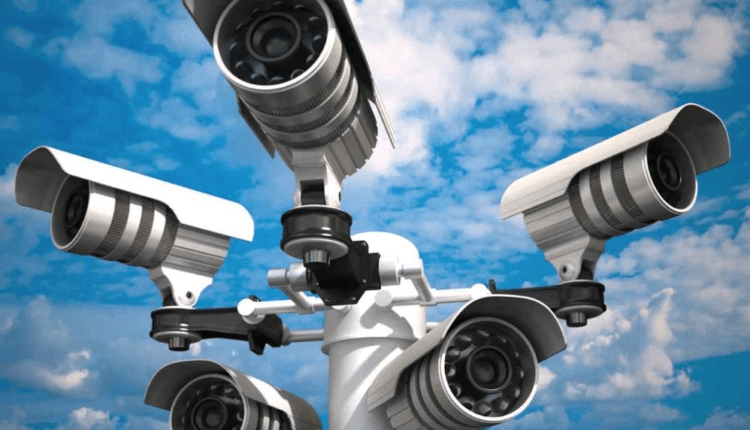The term video surveillance systems can be used to describe a huge variety of video cameras, from the simplest webcam to a security system with face recognition. Let’s start, perhaps, with the main element of digital video surveillance systems and other types – video cameras.
One of the main factors when choosing a video camera is its resolution. The quality of the image depends on it. The resolution is measured in television lines (TVL). In this regard, the resolution of video cameras is divided into medium (330-480 TVL) and high (480-600 TVL).
The next important parameter is the minimum illumination. This parameter determines the level of minimum illumination at which a high-quality image can be obtained from the camera. The minimum illumination is measured in Lux.
As for color reproduction, video cameras are divided into two groups according to this parameter: color and black-and-white. But there is also an optimal version of a video camera of the “day-night" type, which, when the light level changes, switches from color to black and white mode. But for shooting in complete darkness, you need IR illumination. But it is worth remembering that the range of such a backlight is not more than 10 meters.
Now it is worth considering the types of video cameras. There are only two types: analog and digital.
As the name "analogue" camcorders makes clear, they use an analog signal to transmit images. The receiver of the video signal from such a camera can be a TV, VCR, etc. The advantages of such a chamber are the simplicity of design, small size and high resistance to external factors such as cold, heat and power surges. But there are also disadvantages: its maximum resolution is limited by television standards, a small selection of built-in functions, an additional cable is required to control the rotation.
As for digital cameras, the most popular are network cameras, or as they are also called IP cameras. Their main difference from analog ones is that IP video cameras have blocks that convert an analog signal into a digital one. Network cameras have many advantages: a huge number of different settings, they can be equipped with motion detectors and face recognition, powered by a network cable and have the ability to encrypt the signal. The disadvantages of such cameras are the need for a high-speed channel for data transmission, and additional equipment, as well as a rather high cost.
